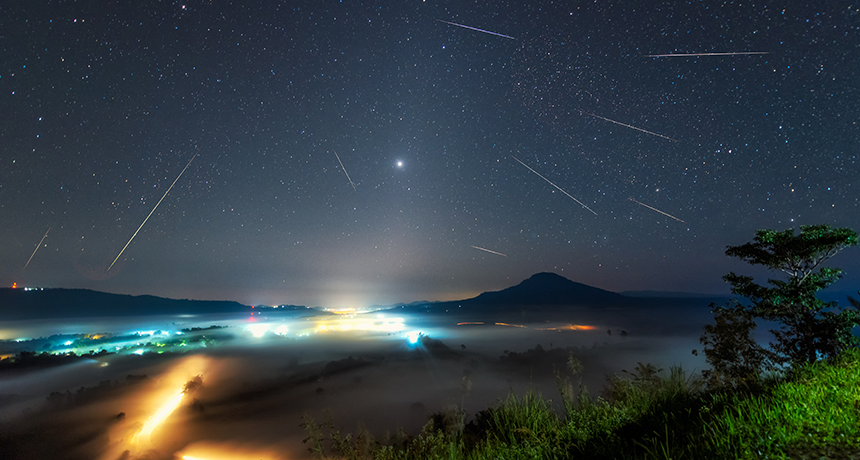Questions for ‘On the lookout for micro-missiles from space’

Space dust rains down on Earth all the time. Most of these specks are too small to see. But when one the size of a sand grain hits the atmosphere, it blazes with visible light, becoming a micrometeor, or “shooting star.”
x-reflexnaja/istockphoto